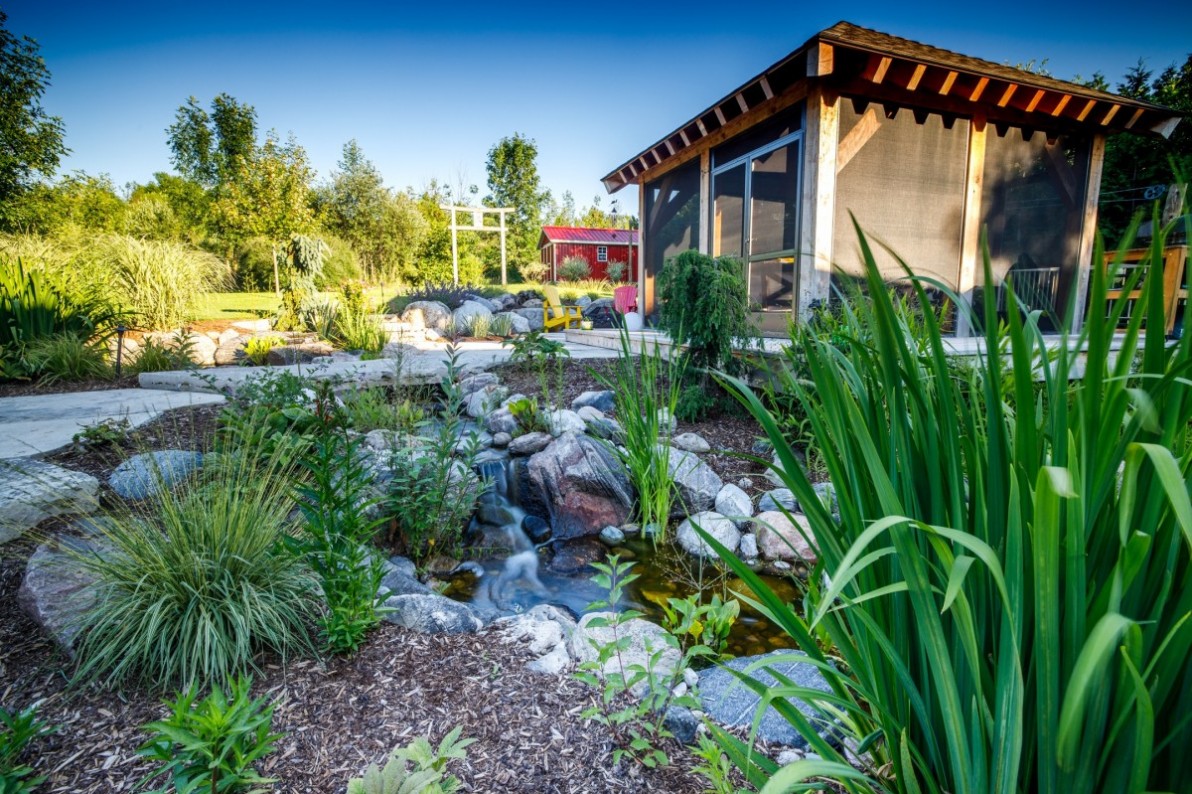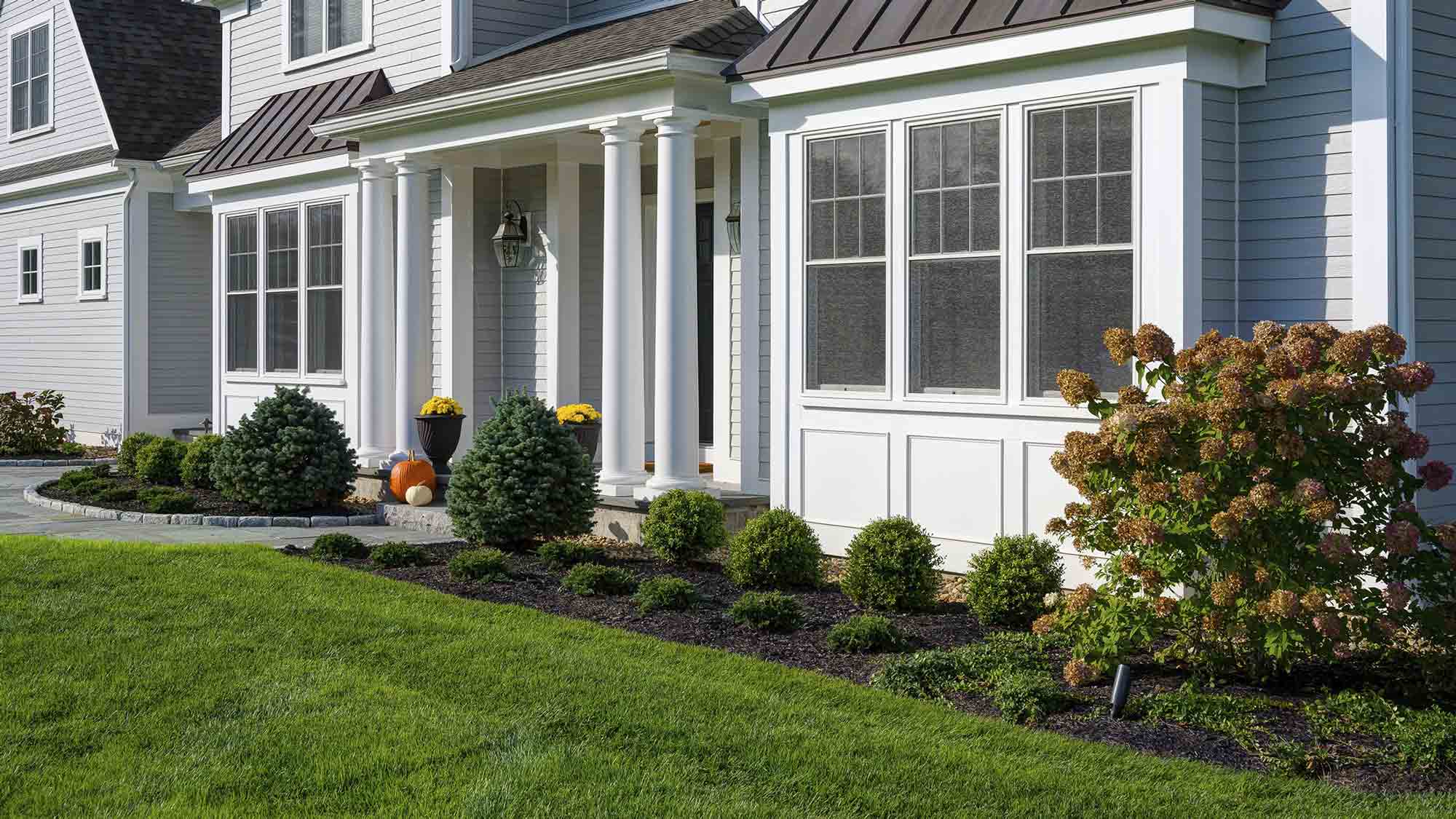The 3-Minute Rule for Landscapers
The 3-Minute Rule for Landscapers
Blog Article
Some Of Landscapers
Table of ContentsThe Main Principles Of Landscapers Some Known Questions About Landscapers.The 3-Minute Rule for LandscapersThe Definitive Guide to LandscapersLandscapers Things To Know Before You Buy
- A tree or shrub (bush) that sheds its leaves in winter months. In the PNW there are semi-deciduous or semi-evergreen plants that may lose their fallen leaves relying on how cold the winter months is. Abelia and some hebe are great examples. Landscapers. - A level gathering room, made of timber or composite material (made to look like wood), generally nearby or connected to a structure.

- Granite that is weathered to the factor that it is a really fine accumulation. This is a natural process, and the outcome can be made use of for courses and patios. Decayed granite is usually described as DG. It is specifically beneficial in contemporary landscapes. - Trick landscape features being proposed in a landscape layout plan.
The Only Guide to Landscapers
These goals guide the layout process, not the developer's design or preferences. Typical design purposes in Portland are reduced maintenance, dry spell forgiving, and pet friendly.
Over time this layer can get very thick and make it tough for water, sunlight, and nutrients to get to sections of the turf.- The procedure of accumulating and managing the flow of water on a property. This can be made with grading, French drains pipes, completely dry wells, absorptive surfaces, sump pump, rainfall gardens, and much more.
- A slow feeding watering system that uses adaptable tubing and emitters to send a precise amount of water to each plant. - The ability of a plant to make it through without much summertime water.
- A yard feature where water is represented by an accumulated rock product, normally a gravel or granite.- A rock or flagstone patio area, course, or pathway built without a concrete base.
Getting The Landscapers To Work
- A stone maintaining or free standing wall constructed without the usage of mortar. - An underground structure that gather water and enables it to slow percolate right into the soil around it.
Landscape layout that is compatible with a websites' setting in both appearance and sustainability without unfavorable impacts to the environment. Bordering in the landscape is a line of demarcation that creates visual passion in the yard by dividing one sector from an additional sector.
Locations can additionally have a sensation of "room" supplied by trees, other growings, fences, or screens. The landscape near the entrance to a building.
A plant that is not indigenous to the place where it will be planted. Not all "exotics" are invasive or unsafe, and numerous can be well behaved or dry spell forgiving (Landscapers). A mass growing of ferns. Thicker bladed lawn lawn click this that spread out using rhizomes.: The level of soil on your home prior to bark dust or compost is spread.
Everything about Landscapers

The objective, reason, or activity that an area is be landscaped for. Stairs function, as an example, to enable foot website traffic up and down a slope. Space for expanding plants for seeing, consuming, or physical activity. A roofed structure used over an outside gathering room. The growing of a seed, maybe referring to a lawn that is being expanded from seed.
Rock item, either rounded or site fractured, that is reasonably little- generally 1" or less. Low plants that are enabled or encouraged to top a location. Can refer to any "tough" garden aspects including statuary or boulders yet most commonly is utilized to describe courses, patio areas, and walls.: Height distinction between the level of water in a pond (or the degree of the pump if it sits outside the pond) and the top electrical outlet of water which influences efficiency of the water pump in gph (gallons per hour). Dense shrubs or trees that form a fence, display, or limit.

3 Simple Techniques For Landscapers
Conventional PNW landscapes are casual. A plant that spreads even more than preferred, or right into habitats where it does damage.
Can include head positionings and coverage, pipeline sizing, GPM specs, and products required to install this system. Certified professional that develops landscapes, coached in engineering and style as well as in horticulture.
Landscape developers typically have much less education than Landscape Architects and are not certified. A finished landscape style, outlining all aspects for the brand-new landscape.
Calcium material utilized view website to elevate the pH in dirt, which will make it less congenial to moss. A water tight HDPE product used below ponds, streams and waterfalls in water attributes. Making use of several growings of the same range to fill up in an area in the landscape. This can reduce maintenance and water use in the garden.
Report this page